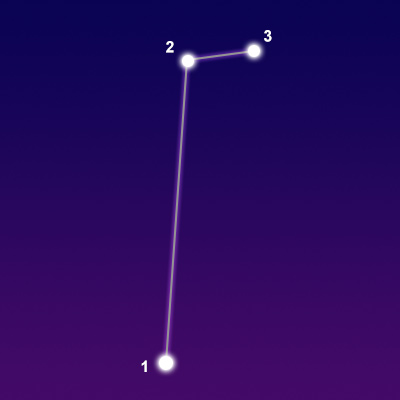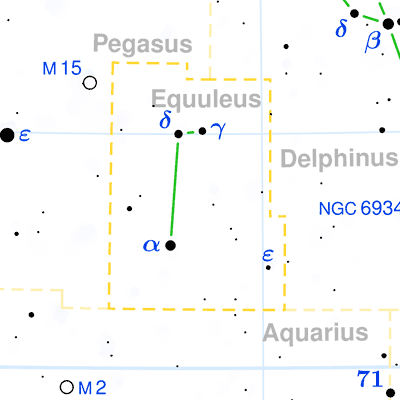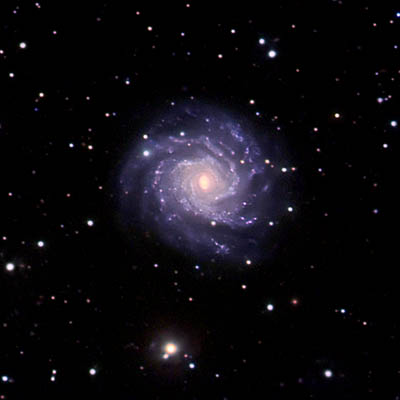Pronunciation:
(ee-KWOO-lee-us)Abbreviation:
EquGenitive:
EquuleiRight Ascension:
21 hoursDeclination:
10 degreesArea in Square Degrees:
72Crosses Meridian:
9 PM, September 20Visible Between Latitudes:
90 and -70 degreesThe constellation Equuleus, the little horse, is visible in mid-September rising just before Pegasus. It can be seen throughout most of the northern and southern hemisphere at latitudes between 90 degrees and -80 degrees. It is an extremely small constellation. With an area of only 72 square degrees, it is the second smallest constellation in the night sky. It is bordered by Aquarius, Delphinus and Pegasus.
Equuleus is one of the 48 constellations cataloged by the Greek astronomer Ptolemy in the second century. The name Equuleus is Latin for “little horse.” It is a very old constellation that has its roots in many cultures. In ancient China, the stars were part of a constellation known as the Black Tortoise of the North. In Greek mythology, it represents Cerleris, the brother of Pegasus, who was given to Castor by Mercury. In another myth it was Cyllarus, which was given to Pollux by Juno. Because the stars in Equuleus rise before Pegasus, it is sometimes called Equus Primus, or the First Horse.

points of interest below © Sea and Sky

© Torsten Bronger CC BY-SA 3.0
Delta Equulei
Gamma Equulei
N/A
N/A
Binary Star System
Double Star
4.49
4.69
Equuleus is an extremely small and relatively insignificant constellation. It contains only one moderately bright star. Kitalpha is the brightest star with a visual magnitude of only 3.92. It is a yellow-white giant star located 186 light years from Earth. The second brightest star is Delta Equulei with a magnitude of 4.49. It is a binary star system over 60 light years away. The third brightest star is Gamma Equulei with a magnitude of 4.69. It is a double star system that lies approximately 118 light years from our solar system.
Equuleus contains no Messier objects. Because of its small size and distance from the plane of the Milky Way, it has and no notable deep-sky objects. There are a few dim galaxies, but they can only be seen in very large telescopes. One of these is a beautiful example of a face-on spiral galaxy. Known as NGC 7015, it is located about 212 million light years from Earth.

&The Liverpool Telescope / CC BY 4.0



